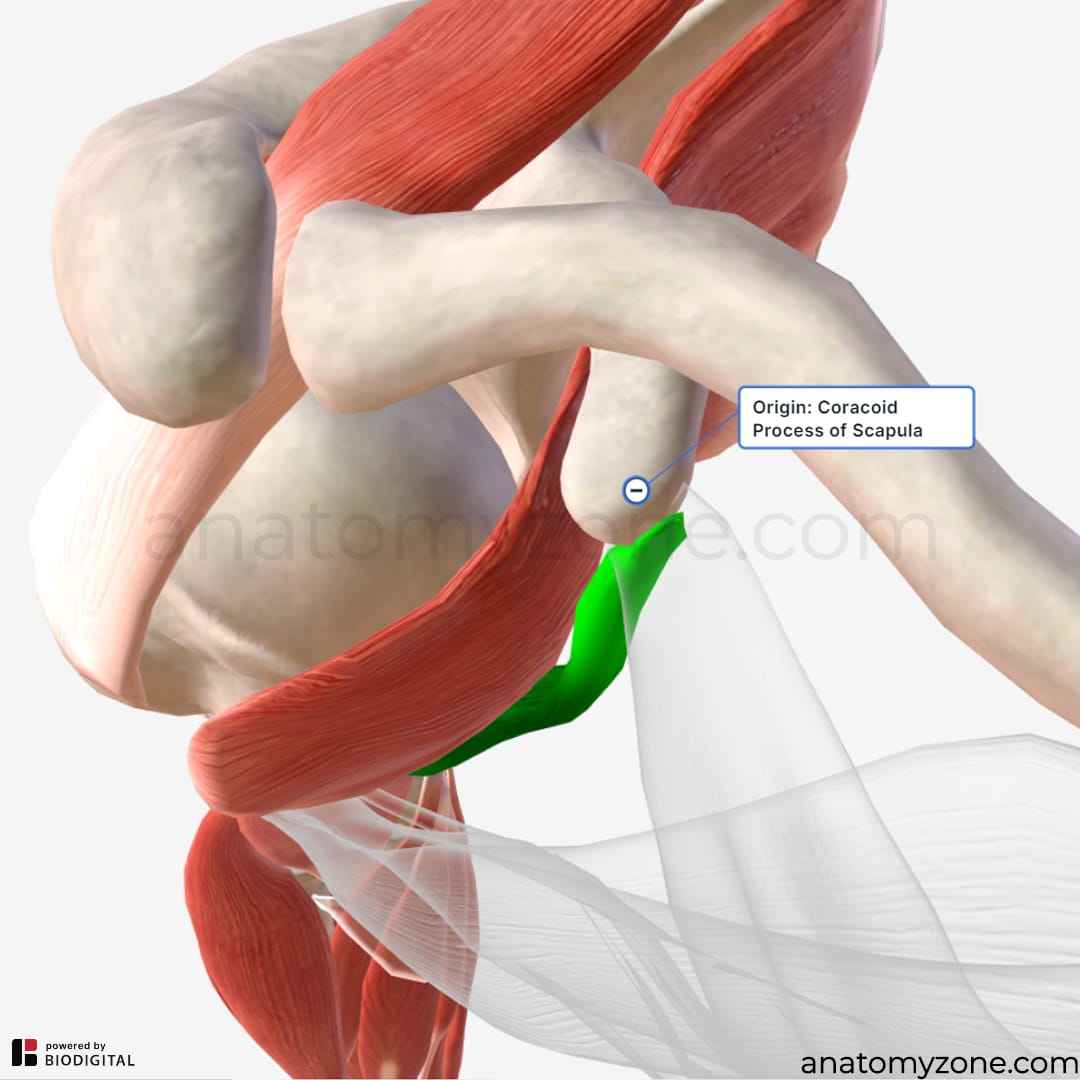
While the gross anatomy of the subclavius muscle (SM) has been described (Bergman, 2014 Benninghoff, 1985 Eisler, 1912 Lanz, 1959 Mori, 1964 Platzer, 1999 Rauber, 1987 Standring & Tunstall, 2016), a detailed comprehension of its relationship to the clavipectoral fascia and coracoid process (CP) appears less well‐documented. We speculate that the differentiation of the fibrous structure depends on the functional demands of the individual. This system assists in the control of the position of the scapula in relation to the thorax, particularly in elevated positions of the upper extremity. The SM and its extension to the CP appears to contribute to a ‘functional scapular suspension system’ together with the other muscles enveloped by the clavipectoral fascia (pectoralis minor, coracobrachialis and the short head of the biceps brachii). We differentiated three types: (1) a strong cord‐like structure (2) a small or thin cord‐like structure or structures and (3) a planar twisted sheet‐like structure. In 49 of the 52 specimens we found additional fibrous structures passing from the SM to the CP. For documentation purposes photographs and video sequences of passive motion of the shoulder girdle of the specimens were taken.

Variations in the anatomy of the SM and its coracoidal attachment were recorded, and potential correlations were investigated. Measurements of the length of the SM, the length of its attachment, and the length of the clavicle were taken in situ, with the specimens supine and the upper extremity in the anatomical position. We documented additional fibrous structures apparently derived from the SM inserting into the CP.

The SM was demonstrated from costal to clavicular attachment. For our investigation, fifty‐two upper extremities of 26 human cadavers were dissected. Due to the high incidence of these structures in our dissections, we hypothesized that the attachment at the CP is more common than appreciated and that, as a corollary, the function of the SM was (or has been) more complex than simply depressing the clavicle and generating stability at the SCJ. During systematic cadaveric dissections, we observed additional fibrous structures, previously described as variants of the anatomy, extending from the SM and inserting into the coracoid process (CP). The functions of the subclavius muscle (SM) are described as stabilization of the sternoclavicular joint (SCJ) and resisting elevation of the lateral end of the clavicle.


 0 kommentar(er)
0 kommentar(er)
